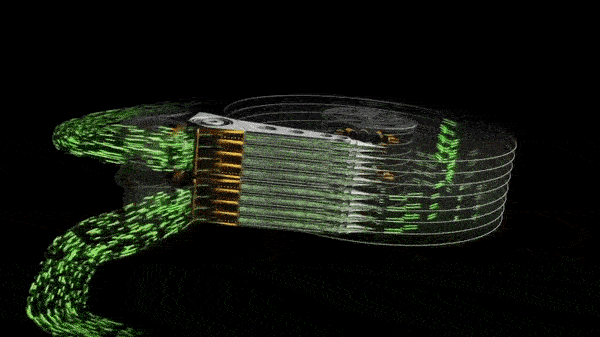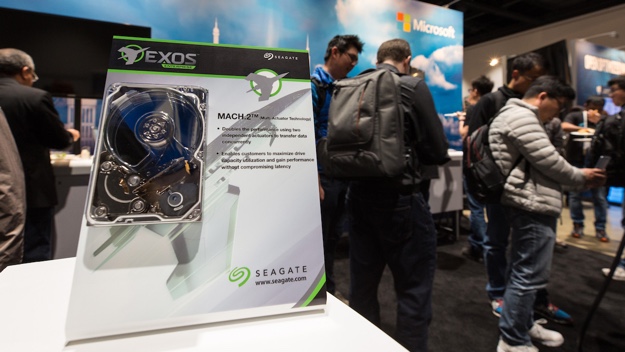Seagate Hits MACH.2 With Multi-Actuator Tech Doubling Hard Drive Speeds To 480MB/Sec

While all of this sounds great in theory, Seagate is actually putting its money where its mouth is and says that prototype drives featuring this tech are already delivering on its promises. In addition, Seagate's multi-actuator tech has been given a fancy marketing name: MACH.2.
A single MACH.2-based hard drive was able to set a new speed record, delivering up to 480MB/sec of sustained throughput, which is over twice as fast as competing 7200RPM SATA enterprise-class hard drives. In addition, this performance metric also surpasses 15,000RPM enterprise hard drives by 60 percent.

"MACH.2 solves the need for increased performance by enabling parallelism of data flows in and out of a single hard drive," says Seagate. "By enabling the data center host computer to request and receive data from two areas of the drive in parallel, simultaneously, MACH.2 doubles the IOPS performance of each individual hard drive, more than offsetting any issues of reduced data availability that would otherwise arise with higher capacities."
At the moment, MACH.2 technology is geared towards the enterprise sector, which is more inclined to absorb the increased costs associated with this monumental improvement in performance for hard drives. However, we can likely expect for MACH.2 to eventually filter down to consumer drives in the future.
In addition to MACH.2, Seagate also extolled the benefits its Heat-Assisted Magnetic Recording (HAMR) technology, which will allow hard drives to reach capacities of 20TB and beyond through the use of laser-equipped recording heads to heat up the surface of drive platters to increase storage density. Seagate says that HAMR drives have exceeded industry standards for reliability by a factor of 20 in laboratory settings.
“On any hard drive meeting the industry specification, if all heads on the drive were writing 100 percent of the time in the field — which, of course, they do not — that would mean each head had written 152TB per head in total,” said Jason Feist, Seagate director of Enterprise Product Planning. “Or to put it into Petabytes: the customer requirement is that a single head can write 0.152 Petabytes; we’re already writing 3.2 Petabytes on a single HAMR head.”
In the future, Seagate plans to combine both MACH.2 and HAMR technology into hard drives to deliver unmatched performance and capacity in the enterprise sector. These products would also provide an economical alternative to solid state drives (SSD), which are increasingly taking over the enterprise and consumer markets.


